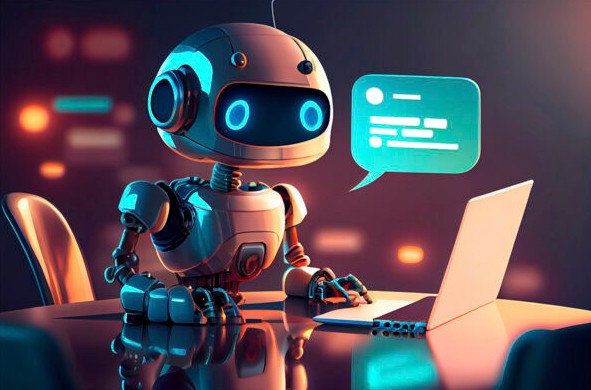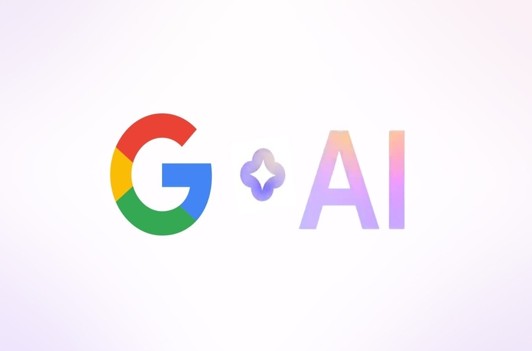Best Selling Products
Understanding GPT-4: How Is the "AI Brain" Changing the World?
Nội dung
- 1. Overview of GPT-4 and the development of AI language models
- 1.1. History of GPT development and position of GPT-4
- 1.2. GPT-4 underlying technology
- 2. GPT-4's Outstanding Features and Natural Language Processing Capabilities
- 2.1. Outstanding features of GPT-4
- 2.2. Natural language processing capabilities
- 3. Comparing GPT-4 with previous versions and other AI models
- 3.1. Comparison of GPT-4 with GPT-3 and GPT-2
- 3.2. GPT-4 and other language AI models
- 4. Common problems and solutions
- 4.1. Problems of accuracy and misunderstanding of context
- 4.2. Challenges in content control
- 5. Best practices when using GPT-4
GPT-4, released in early 2023, has created a real revolution in the field of natural language processing. The special thing about GPT-4 is not only the huge number of parameters, but also the ability to understand complex contexts and generate much higher quality content than previous versions.
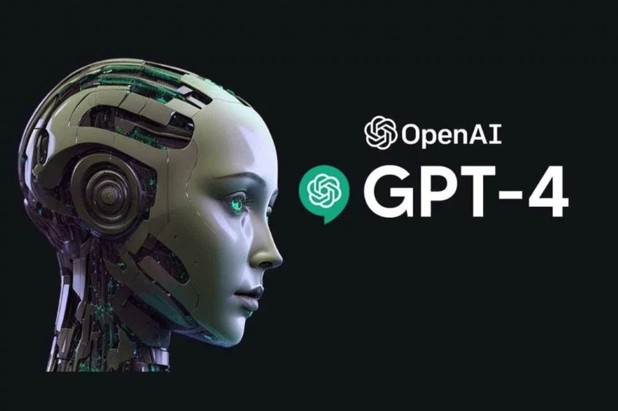
In recent years, artificial intelligence (AI) has been constantly evolving, opening up major turning points in the way people interact with technology. Among them, GPT-4 is the latest version of the language model line developed by OpenAI and is considered one of the most outstanding achievements. Not only stopping at natural language processing, GPT-4 also shows strong potential in supporting content creation, problem solving and even software development.
So what exactly is GPT-4? How is it different from previous generations like GPT-3 or ChatGPT? Why are businesses, programmers and even ordinary users particularly interested in this technology? In this article, we will explore GPT-4 comprehensively from the development process to its outstanding features. Let's start the journey to learn about the "AI brain" that is changing the way the world works!
1. Overview of GPT-4 and the development of AI language models
1.1. History of GPT development and position of GPT-4
The evolution of the Generative Pre-trained Transformer (GPT) model line began in 2018 with the first version GPT-1. Each generation marked a major leap forward in the ability to understand and generate natural language. GPT-1 with 117 million parameters made an initial impression, followed by GPT-2 with 1.5 billion parameters in 2019, and GPT-3 with 175 billion parameters in 2020.
GPT-4, released in early 2023, has created a real revolution in the field of natural language processing. The special thing about GPT-4 is not only the huge number of parameters, but also the ability to understand complex contexts and generate much higher quality content than previous versions.
The biggest difference that GPT-4 brings is its multimodal processing capabilities, not just limited to text but also able to understand and analyze images. This opens up countless new application possibilities in many different fields.
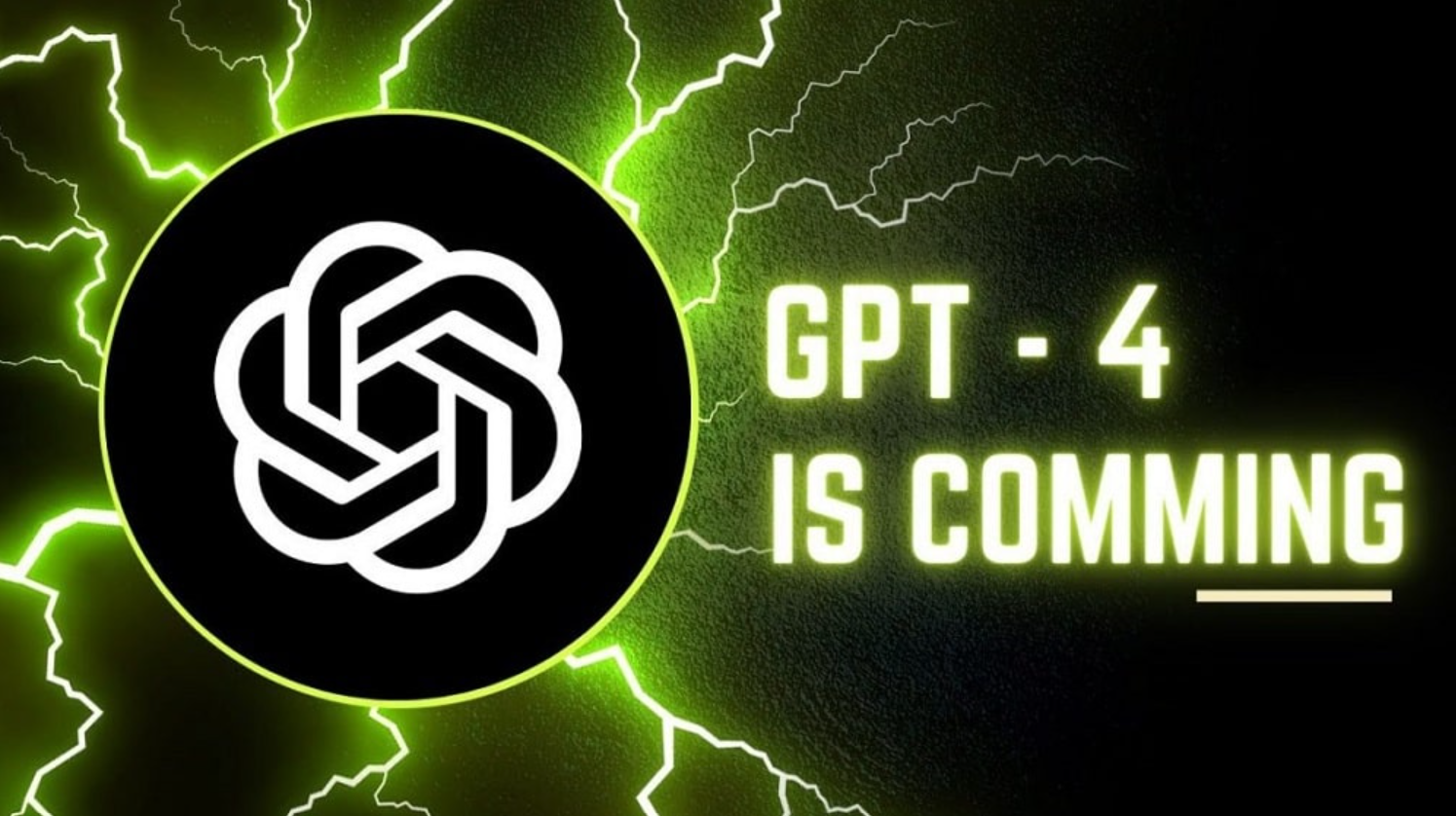
1.2. GPT-4 underlying technology
The advanced Transformer architecture is at the heart of GPT-4. This technology allows the model to process information in parallel instead of sequentially like traditional models. The “attention” mechanism helps the model focus on the most important parts of the input text, thereby producing more accurate and relevant responses.
GPT-4’s training dataset is also larger than previous versions. The model is trained on trillions of words from a variety of sources, including books, scientific papers, web pages, and other types of text. This deep learning process allows GPT-4 to pick up on the subtleties of language and apply its knowledge to a wide range of situations.
Another highlight is GPT-4's ability to handle complex and diverse languages. The model can understand and generate content in dozens of different languages, from popular languages like English and Chinese to less commonly used languages. This is especially important in today's globalized world.
2. GPT-4's Outstanding Features and Natural Language Processing Capabilities
2.1. Outstanding features of GPT-4
GPT-4 has an incredibly deep understanding of context. Unlike traditional chatbots that can only respond based on keywords, GPT-4 can capture the true meaning of the conversation and maintain context across multiple interactions. For example, if you ask about a complex topic and then follow up with “What else?”, GPT-4 will understand that you want to know more about that topic.
GPT-4’s natural text generation capabilities are also far superior to previous models. The text generated is coherent, logical, and consistent with the required style. From writing professional emails, creating creative marketing content, to drafting detailed technical reports, GPT-4 can handle it all with high quality.
GPT-4's multilingual capabilities open up the possibility of widespread global application. The model can not only translate between languages, but can also generate original content in the target language with local grammatical and cultural accuracy.
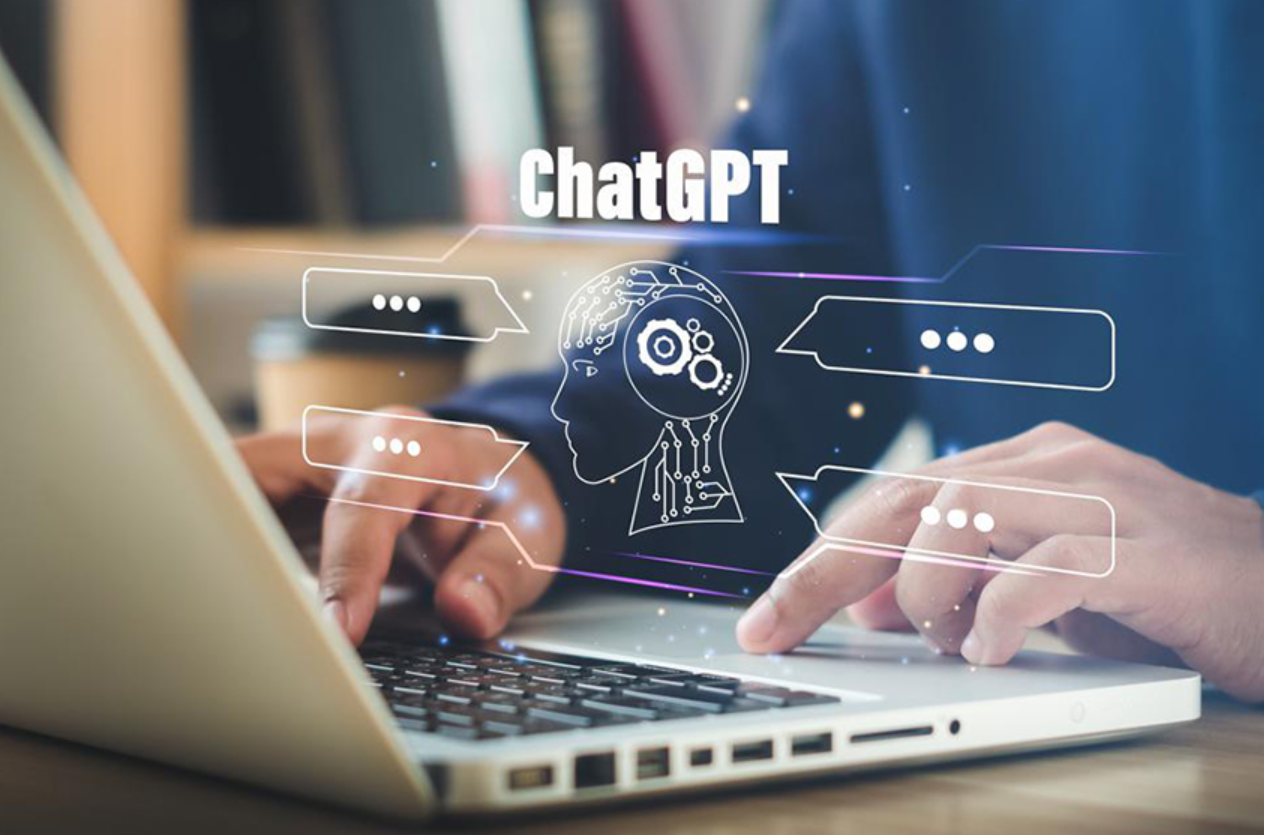
2.2. Natural language processing capabilities
GPT-4 excels in the area of complex language analysis. The model can analyze sentiment from text, determine user intent, and even recognize subtle nuances like sarcasm or humor. This is especially useful for analyzing customer feedback or tracking social media trends.
GPT-4's translation capabilities have reached a level of near-naturalness. Not only does the model translate word for word, it can also preserve the tone, style, and deeper meaning of the original text. This is especially important when translating technical documents or literary works.
When it comes to creative content creation, GPT-4 can write poems, compose stories, script videos, and even compose music. The model can adapt its writing style on demand, from formal to informal, from academic to entertaining.
3. Comparing GPT-4 with previous versions and other AI models
3.1. Comparison of GPT-4 with GPT-3 and GPT-2
When comparing GPT-4 to GPT-3, the difference in performance is evident from the very first interactions. GPT-4 demonstrates significantly better logical reasoning. While GPT-3 sometimes produces inconsistent or illogical responses, GPT-4 is able to maintain consistency throughout the conversation.
Accuracy is another notable strength of GPT-4. The model is less prone to false positives than GPT-3, especially in specialized fields such as science, mathematics, and history. However, it is still important to note that GPT-4 is not a foolproof source of information and should be tested in critical situations.
GPT-4's advanced features include the ability to process longer text, understand more complex contexts, and most importantly, process images. This opens up entirely new applications that were not possible with previous versions.
Compared to GPT-2, the difference is even more obvious. GPT-2 is suitable for simple tasks like basic text generation, while GPT-4 can perform complex tasks like analyzing, synthesizing information, and even programming.
Buy Cheap ChatGPT Plus (GPT-4) Account
3.2. GPT-4 and other language AI models
When compared to BERT (Bidirectional Encoder Representations from Transformers), GPT-4 excels at text generation and natural interaction. BERT is primarily designed for language understanding tasks like text classification and information extraction, while GPT-4 excels at both content understanding and generation.
T5 (Text-to-Text Transfer Transformer) is another powerful model, but GPT-4 excels in natural interaction and handling long contexts. T5 requires specific input formats, while GPT-4 can understand and respond to natural language more flexibly.
Google's AI models like LaMDA and PaLM also have their own strengths, but GPT-4 is currently highly regarded for its commercial applicability and ease of use. The combination of high performance and easy accessibility has made GPT-4 a popular choice for many real-world applications.
4. Common problems and solutions
4.1. Problems of accuracy and misunderstanding of context
Although GPT-4 has improved significantly over previous versions, there are still situations where the model can misunderstand the context or produce incorrect information. The main reason for this problem is that GPT-4 is trained on static data with time-stamps, not real-time information.
The solution involves always verifying important information from a trusted source, especially when it comes to medical, legal, or financial information. Users should consider GPT-4 as an aid rather than the ultimate, definitive source of information.
To improve accuracy, users can provide clearer context in their questions, use specific prompts, and ask the model to explain its reasoning process. Breaking complex questions into simpler ones also improves response quality.

4.2. Challenges in content control
Content control is a major challenge when using GPT-4, especially in an enterprise environment. The model may generate content that is inconsistent with brand values or violates advertising and marketing regulations.
Moderation solutions include setting up content filters, training models with enterprise-specific data, and ensuring human oversight during critical content creation. Using sentiment analysis and plagiarism checking tools also helps ensure content quality.
Effective filtering requires a combination of technology and industry-specific knowledge. Businesses should establish clear content review processes and train employees on how to use AI responsibly.
5. Best practices when using GPT-4
The first principle when using GPT-4 is to apply it in the right way. This model is suitable for content creation tasks, supporting research, brainstorming ideas, and automating some office tasks. However, it is not suitable for making important medical, legal, or financial decisions without consulting an expert.
Output validation is an important practice that cannot be overlooked. While GPT-4 can produce high-quality content, human review, editing, and input are still necessary to ensure accuracy and relevance to a specific goal.
Targeting the input data source accurately can significantly improve the quality of the results. Providing clear, specific information about the requirements, desired writing style, and target audience will help GPT-4 generate more relevant content.
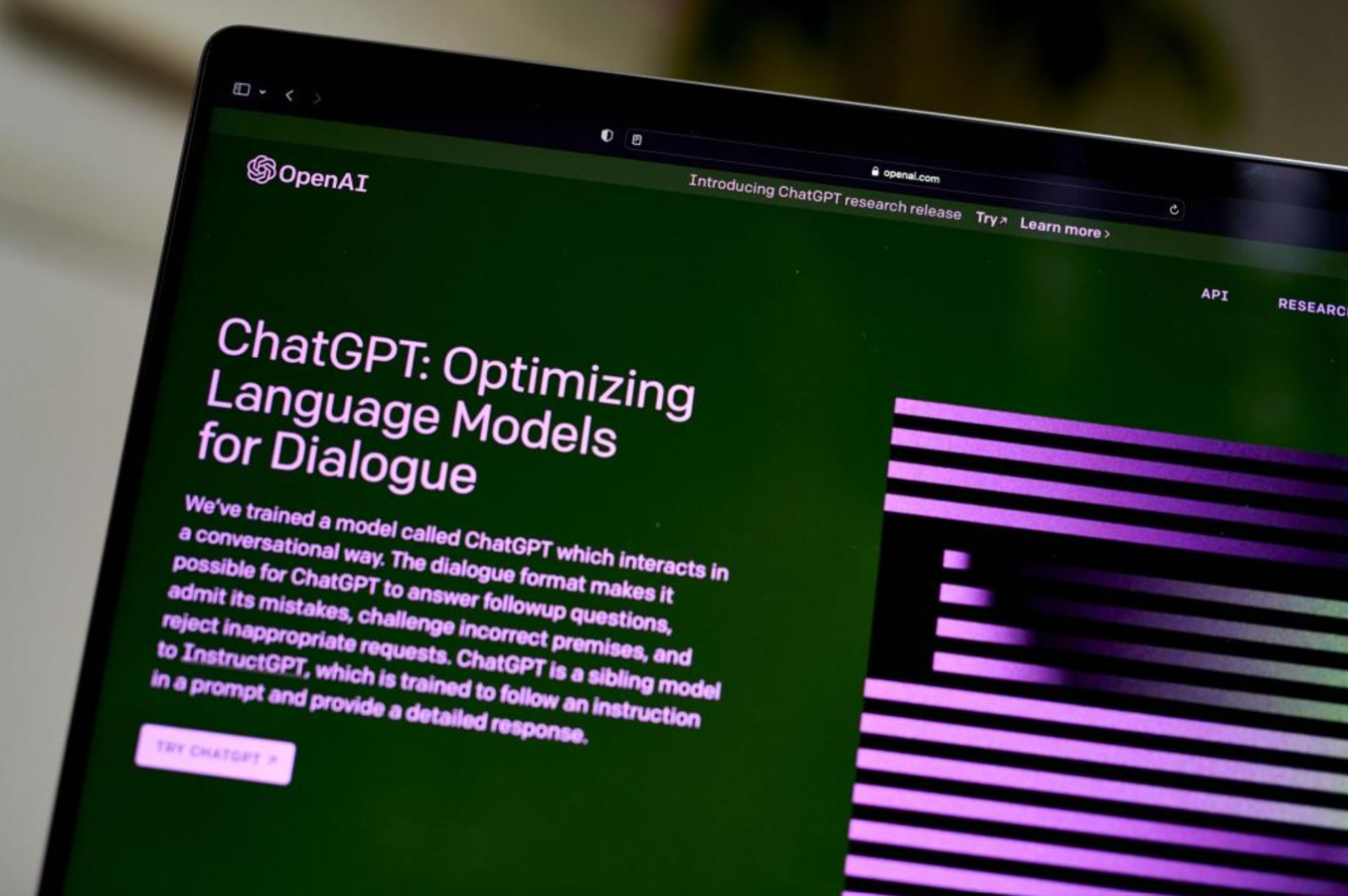
Not abusing or blindly copying machine-generated content is an important ethical principle. Content from GPT-4 should be treated as raw material that needs to be processed, personalized, and supplemented with a unique human perspective. This not only ensures creativity but also avoids copyright and content quality issues.
Integrating GPT-4 into your workflow should be done slowly and deliberately. Start with simple tasks, evaluate the results, and gradually expand the scope of use as you gain experience and understand the capabilities and limitations of the model.
GPT-4 is not just an upgrade in the language model line, but an important milestone showing that AI is getting closer to understanding and serving humans in a more natural, intelligent and flexible way than ever before. With the ability to process multiple languages, understand deep context, create creative content and support solving a series of practical problems, GPT-4 has proven that artificial intelligence is no longer a distant concept but a practical tool in modern life and work.









































